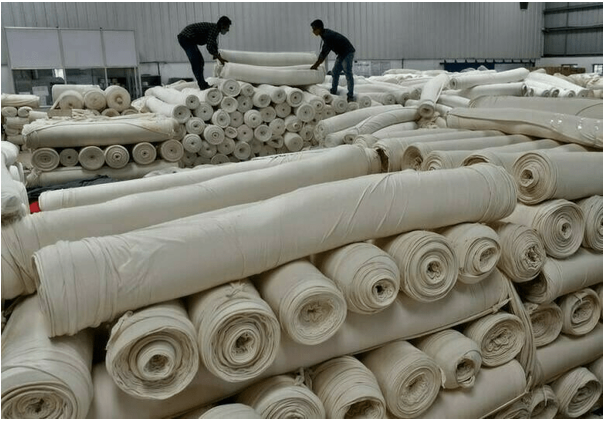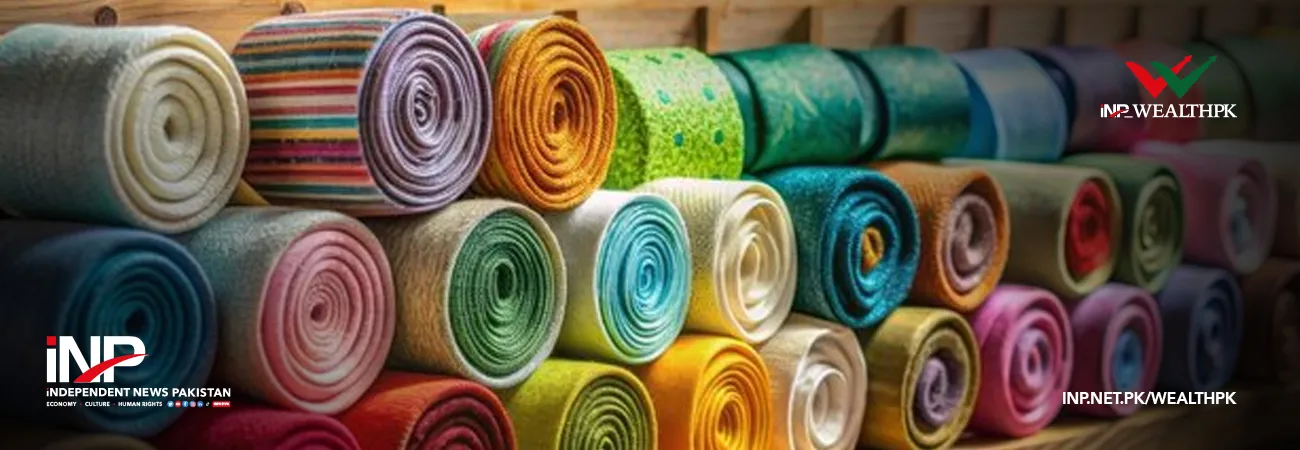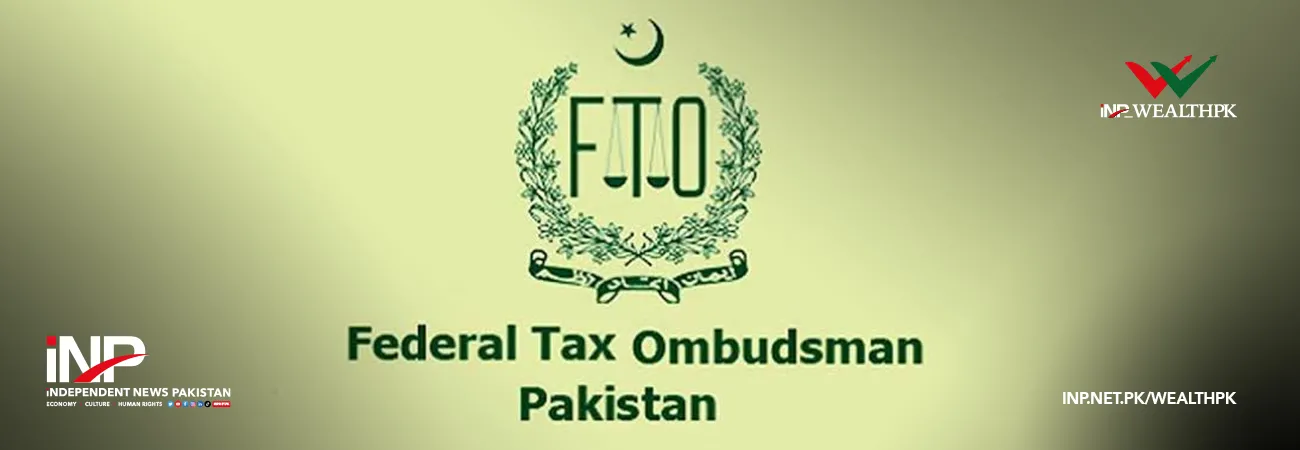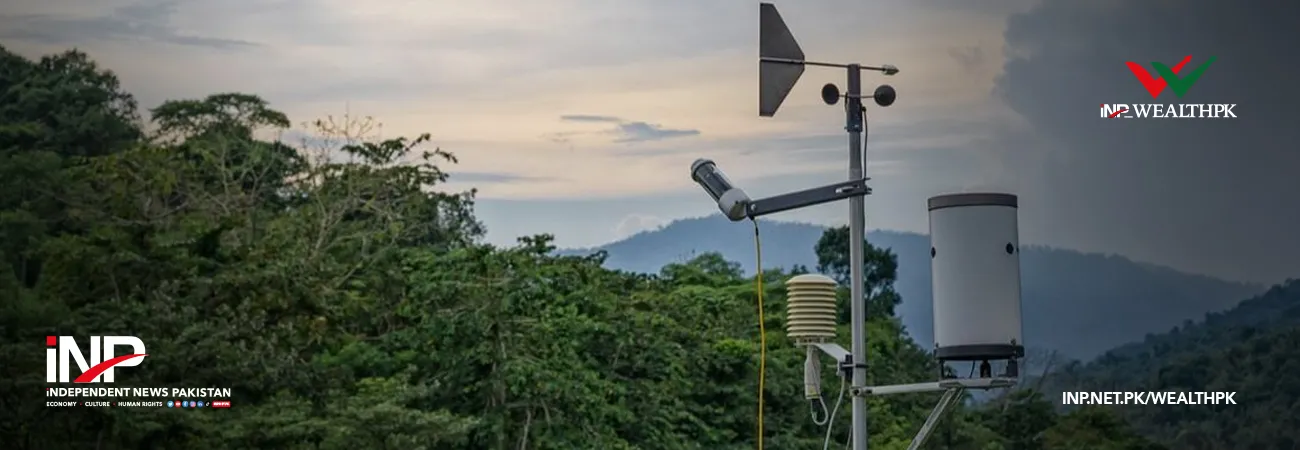INP-WealthPk
Ayesha Saba
Pakistan’s textile exports grew by 5.7% during the first quarter of fiscal year 2025–26, even as the country’s total exports fell 3.4% year-on-year. The textile sector retained its dominance in the national export profile, accounting for nearly 63% of the total export earnings, according to the Pakistan Textile Council’s Pakistan Textile & Apparel Exports Q1FY26 report.

Pakistan’s overall exports stood at $7.62 billion during July–September FY26, compared to $7.89 billion in the same period of FY25. In September 2025 alone, total exports reached $2.50 billion, reflecting an 11% year-on-year decline from $2.81 billion in September 2024. On a month-on-month basis, however, exports edged up by 3.3%, from $2.42 billion in August to $2.50 billion in September.
Within this, textile and apparel exports rose to $4.79 billion, up from $4.53 billion a year earlier. Despite this quarterly gain, textile exports in September 2025 declined 2% year-on-year to $1.58 billion compared with $1.61 billion in September 2024. However, they recorded a modest month-on-month increase of 3%, reflecting some resilience despite international demand fluctuations.
The data showed that Pakistan’s textile exports have fluctuated in recent years, reaching $4.47 billion in Q1 2021–22, $4.66 billion in 2022–23, dipping to a low of $4.14 billion in 2023–24, before recovering to $4.53 billion in 2024–25 and rising again to $4.79 billion in 2025–26. The report noted that the initial decline was offset by higher demand for value-added categories such as knitwear and garments.
Despite the recovery in textile exports, the report underscored the continuing vulnerability of traditional segments, particularly cotton-based and semi-processed products. High energy tariffs and uncompetitive wage policies were identified as key factors constraining export potential. The Pakistan Textile Council emphasized that regionally competitive energy pricing and rationalization of taxes are crucial to sustain this growth.
The report also highlighted that export diversification remains limited, with the European Union and the United States continuing as primary destinations. The EU accounted for $1.91 billion, the US for $1.31 billion, and the United Kingdom for $459 million during Q1 FY26. These three markets collectively represent over 70% of Pakistan’s textile export revenues.
To build long-term resilience, the Council recommended a stable five-year export and industrial policy supported by predictable pricing, wage alignment, and enhanced financing through schemes such as the Export Finance Scheme (EFS) and Long-Term Financing Facility (LTFF). The report concluded that while Pakistan’s textile exports have shown strength in value-added segments, structural constraints in cotton and raw textile categories continue to limit the sector’s true potential.
Credit: INP-WealthPk













